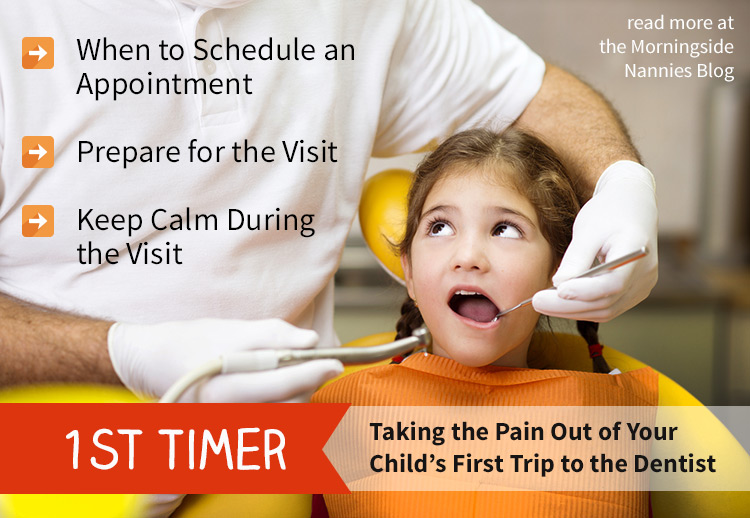(713) 526-3989
Call Our Houston Office For a Complimentary Consultation (713) 526-3989
We made you work and you did! I was extremely picky! Thanks.
Dr. Cheryl Caragnano, Pediatrician
During our search for our current nanny I used several well-known services in Houston. I found that Morningside Nannies had the highest- quality applicants in town.
Dr. Katherine Tiwari
We’ve been very happy with Amber! She is so sweet with our son, proactive, a huge help around the house, engaging, and super creative with coming up with activities for him. So glad we hired her.
Rachel
Morningside Nannies was far more professional and focused than the other agencies. They listened to my request and responded promptly. I feel very fortunate to have such superb childcare and appreciate the luxury of returning to work with-out worry.
Jeremy and Lauren Blachman
Indera is just wonderful. She is always happy and clearly loves her job. She is kind and fun and as for the practicalities, she is always on time and very flexible.
Mrs Carter
In a time crunch you provided me with two excellent applicants within hours!
Dr. Anita Tonking
Originally, I tried to find a nanny on my own and it took me much, much longer and only half of them spoke English. I had to do my own background checks. Morningside Nannies made it much easier, faster and more efficient.
Holly Weinstock, Stay at home mom
Objective and professional with an obvious personal touch, small but important comments about each person.
Dr. Shari Rochen
Quality of applicants was way above what we had hoped for. Thoroughly enjoyed working with your agency – we will highly recommend you to friends.
Kim McMillan
I am delighted with the outcome, and enjoyed the process.
Dr. Rick Smalley, Professor Rice University, Nobel Peace Prize Honoree
- Home
- Our Services
- Costs & Fees
- Find a Position
- Resources
- FAQ
- For Families
- For Nannies
- Nanny Health Insurance
- Nanny Taxes
- Nanny Organizations
- Fun Things to Do With Kids in Houston
- Houston and Surrounding Communities
- Alvin
- Angleton
- Baytown
- Bellaire
- Clute
- Conroe
- Deer Park
- Dickinson
- Freeport
- Friendswood
- Galena Park
- Galveston
- Humble
- Jacinto City
- Katy
- La Marque
- La Porte
- Lake Jackson
- League City
- Missouri City
- Pearland
- Rice Village
- Richmond
- River Oaks
- Rosenberg
- South Houston
- Sugar Land
- Texas City
- The Woodlands
- West University Place
- Pasadena
- About Us
- Blog
- Contact

 A child’s first visit to the dentist can bring out the worst in him or her. The fear of the unknown can spark cries, whines and even refusals to sit in that big, scary dentist chair. Learning how to calm your child’s temperament, put those fears to rest and preparing him or her for the first trip can make the experience much more bearable for you and your little one.
A child’s first visit to the dentist can bring out the worst in him or her. The fear of the unknown can spark cries, whines and even refusals to sit in that big, scary dentist chair. Learning how to calm your child’s temperament, put those fears to rest and preparing him or her for the first trip can make the experience much more bearable for you and your little one.
